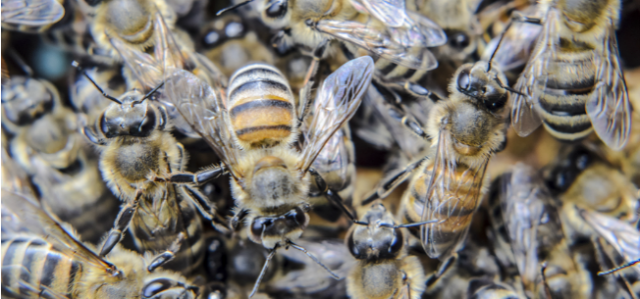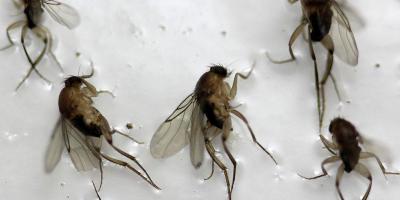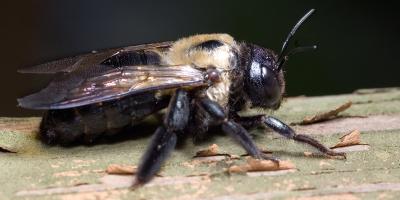Honeybee Swarms: What To Do When You See One

It’s a warm spring or summer day and you’re walking outside when you see it, maybe hanging off a tree branch or gathered on a fencepost: a huge swarm of honeybees.
For those unfamiliar with the ways of bees, swarms can seem frightening and unpredictable. It’s not uncommon for a single swarm to contain anywhere from a few dozen to a few hundred individual bees, and the size can often frighten homeowners into taking drastic action - often to the detriment of the hive itself.
Fortunately, there are easy ways to safely and effectively manage a honeybee swarm that protect both the bees and yourself in the process.
Why Bees Swarm
Although swarms may seem frightening, they’re actually a good sign that the bees involved aren’t feeling particularly aggressive - they’ve got more important things to do.
Bees swarm when they’re in search of a new place to form a hive. In the spring and early summer when a new queen bee hatches in a hive, the old queen takes the hint and makes preparations to leave in search of a new nest - and she takes about half the hive with her for protection.
Gathered in a large swarm, the bees will make their way to a new nesting site to start building and getting situated. Because these bees are working only with the food and water they can bring with them, swarms are mostly harmless and tend to focus the majority of their efforts on finding their next home.
How To Identify a Swarm
One of the first signs that a hive is preparing for a swarm will be the presence of “scout” bees, which will travel around in search of a good nesting site in the early spring. Once they’ve identified a potential site, they’ll return to the nest to communicate the location to the queen. If you notice more bees than usual hanging around your property, keep your eyes peeled for a swarm in the area in the proceeding days.
If you do spot a swarm, it’s important to remember that many types of bees and flying insects swarm as well, and that not all swarms are alike. While honeybee swarms can be relatively harmless, wasps and hornets are not always quite as docile. Be sure you’re dealing with honeybees before approaching any swarm on your property.
What You Should Do When You See A Swarm
The natural reaction of too many homeowners is to take out a hive, whether by spraying with a hose, dousing with chemicals, or even setting on fire. Truth be told, this is a terrible solution that often leads to personal injury and almost always does serious harm to the bees, a necessary pollinator all over the world.
Instead, it’s a much better idea to safely remove and relocate the swarm to a more suitable location - preferably, a safe nesting site where the swarm can establish a hive in comfort. If you notice a swarm on your property, be sure to contact an experienced beekeeper or your local pest management professional, either of whom will likely be able to safely remove the swarm without harming the bees themselves.
We Know A Thing Or Two About Swarms
Our skilled pest management professionals at JP Pest Services are well-versed in honeybee removal and relocation. We recognize just how important honeybees are to our local and global ecosystems, and our bee removal program prioritizes bee safety and controlled relocation whenever possible. If you spot a swarm on your property, give us a call or request a free estimate and we’ll work our hardest to put your swarm worries behind you.



